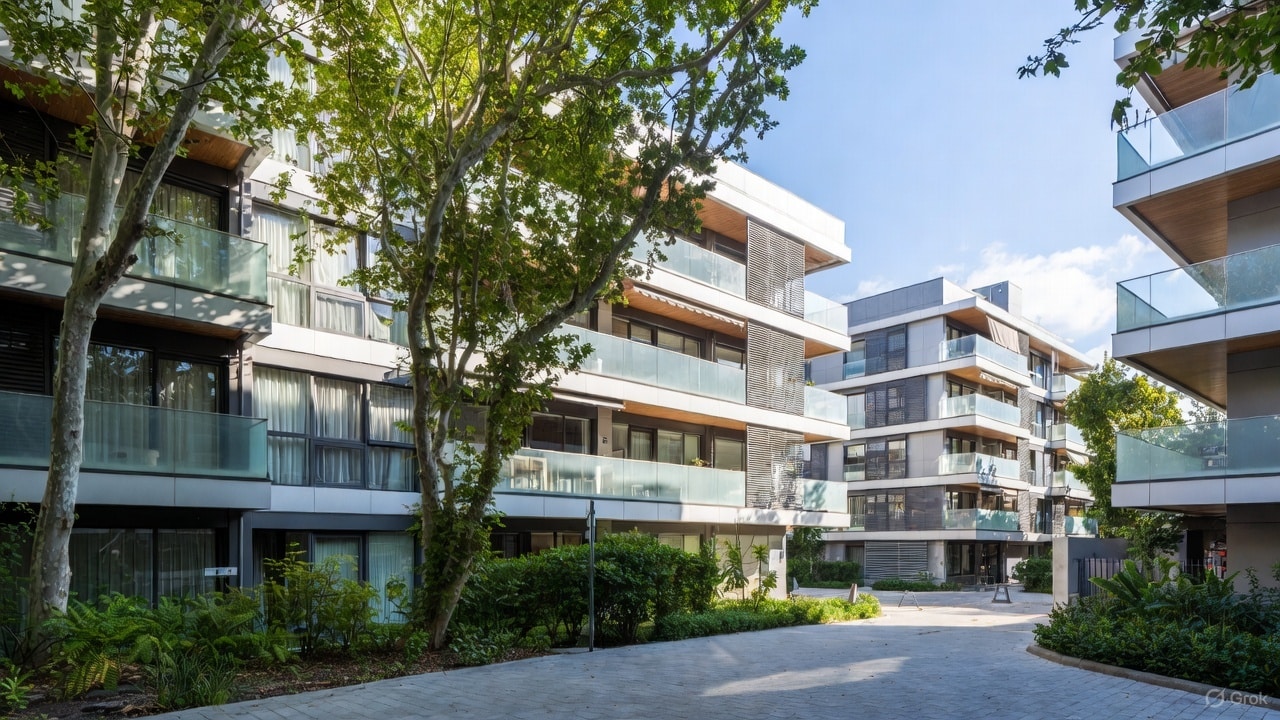After years of breakneck rent growth and investor frenzy, the Sun Belt apartment market is finally catching its breath. Meanwhile, cities like Chicago are seeing something they haven’t in a while: momentum. Altus Group’s latest U.S. valuation data points to a noticeable shift in apartment market dynamics, providing valuable insights for investors. Gateway cities that lagged during the pandemic are finding their footing again, while several southern metros are cooling from years of overbuilding and softening demand.
The numbers tell the story. Altus reports that U.S. apartment values rose 0.7% over the past year, with a solid 0.5% gain in the second quarter alone. Cash flow fundamentals improved, and yields stayed firm, a sign that multifamily remains a resilient asset class despite high interest rates. But the geography of growth is changing fast. The surge of development, driven by factors such as population growth and investor interest, that once made the Sun Belt the darling of investors is now weighing on rents and occupancy, while the more supply-constrained Gateway markets are showing steady gains.
Austin illustrates this reversal perfectly. The city’s population boom during the pandemic fueled a wave of new construction, but that same boom created its own hangover. Thousands of new units have hit the market just as population growth has moderated. Data from ALN shows Austin’s average effective rent, which is the actual amount of rent paid after adjusting for concessions and discounts, slipping about 1.5% early this year, with occupancy down roughly the same. Deliveries since 2019 have added the equivalent of 30% of total rental inventory, leaving developers competing for a renter pool that’s no longer expanding at breakneck speed.
Contrast that with Chicago. The city’s multifamily sector has quietly become one of the nation’s most attractive plays. According to CRE Daily, rent growth here is outpacing the national average, listings are climbing, and investor interest is surging. Limited new construction and steady job growth are driving both urban and suburban activity. Big downtown assets like Fulbrix Apartments and North Water Apartments are hitting the market as owners seek to capitalise on favourable conditions, while suburban complexes in places like Rolling Meadows and Orland Park are commanding strong prices and nearly full occupancy.
Altus Group’s Valuation & Advisory Service notes that this gateway revival isn’t just about one city. Across the board, markets like New York, San Francisco, and Chicago are showing renewed strength, thanks in part to return-to-office trends and a tightening development pipeline. Investors appear to be betting that supply shortages will keep fundamentals healthy even if overall job growth slows.
The broader data backs it up. Since 2019, Sun Belt metros have seen rent growth of 23%, nearly matched by 24% in the gateway markets, despite the latter’s slower population gains. The reason? Oversupply has offset demand in the South, while tighter inventory and higher barriers to entry have supported prices in traditional hubs.
For investors, the message is clear: easy returns in high-growth Sun Belt cities may be harder to find, while gateway markets like Chicago are quietly turning into safe havens for steady cash flow and long-term stability. Rising construction costs will likely cap future supply everywhere, but for now, the balance of power has shifted north. The Sun Belt’s sizzle might be cooling, yet in the gateways, the heat is just beginning to rise. This should make investors feel optimistic about their investment prospects in these markets.


